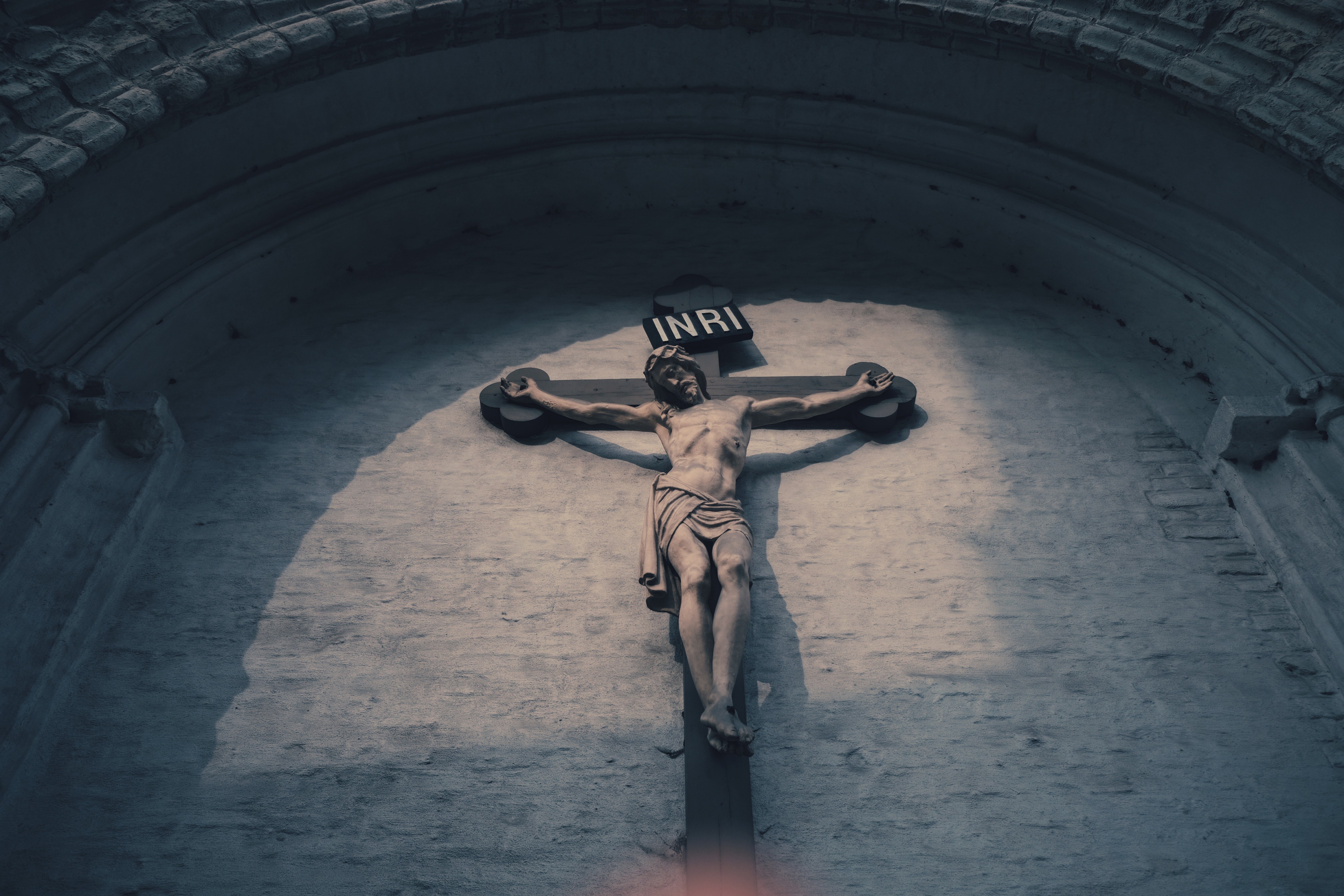Should Jesus Be Depicted Naked on the Cross?
SeanMcDowell.org
Crucifixion was not just any kind of death. It was obscene and humiliating. Victims were publicly displayed naked at a prominent place such as a crossroad, the theater, or on high ground.[i] Given its offensive nature, it makes sense to domesticate depictions of Jesus’ death.
But here is a question worth pondering: Are we missing something of theological importance by portraying Jesus clothed on the cross? We celebrated The Passion movie as it helped illuminate the physical suffering Jesus endured for our sins (John 15:13). But even the graphic R-rated blockbuster portrayed him clothed on the cross.
I recently had the chance to contribute to a book on the theology of marriage.[ii] In the opening chapter, John Clark and Marcus Johnson describe how God exchanged the fig leave coverings of Adam and Eve—which they wore after sinning—with coverings of animal skins (Gen 3:21). But then in the ultimate act of redemption, God exchanged their nakedness through his own nakedness on the cross. Jesus willingly experienced the depth of human sin through public torture, humiliation, and nakedness so we could experience freedom from shame.
Yet Clark and Johnson make this piercing observation:
“But even though God became naked for us, we seem to prefer him covered up. As if to insist that our sexuality was not a prime casualty of the fall, and there not in need of salvation, we cover up our Savior. Too ashamed and too ‘modest’ to allow God to suffer our sexual sin and shame, we cloth Jesus on the cross. In the first cover-up, God graciously clothed us; in the second, sadly, we return the favor. The irony ought to be revealing. Right at the point where we need God to both judge and redeem our unholy nakedness, we insist that he be clothed.”[iii]
My point is not to argue that we should simply unclothe Jesus on the cross. This might even raise more problems than it would solve! But the church should at least be aware—and reflective—of how deeply our depictions of a crucified but clothed Jesus may shape our understanding of sex and marriage.
Do we really believe that Jesus bore all of our sexual failures on the cross? And I mean all of them. Do we understand that he was willing to be publicly humiliated to release us from the shame of our sins? Yes, this includes porn use, abortion, sexual abuse, unjustified divorce, homosexual behavior, and every other sexual sin you can imagine. And do we really believe that we have a high priest who can understand the depth of our humiliation and shame (Hebrews 2:18, 4:15)?
Again, my point is not to argue that we should depict Jesus as naked on the cross. But we must think through how our portrayal of Jesus clothed on the cross informs our theology. I suspect it may even shape it more deeply than we realize.
_ _ _ _ _ _ _ _ _ _ _ _ _ _ _ _ _ _ _ _ _ _ _ _ _ _ _ _ _ _ _ _ _ _ _ _ _ _ _ _ _ _ _ _ _ _ _ _
[i] Martin Hengel, Crucifixion (Philadelphia, PA: Fortress Press, 1976), 87.
[ii] Marriage: Its Foundation, Theology, and Mission in A Changing World, ed. Curt Hamner, John Trent, Rebekah J. Byrd, Eric L. Johnson, & Erik Thoennes (Chicago, IL: Moody, 2018).
[iii] John C. Clark and Marcus Peter Johnson, “The Trinity, the Incarnation, and the Meaning of Marriage and Sex” in Marriage: Its Foundation, Theology, and Mission in A Changing World, ed. Curt Hamner, John Trent, Rebekah J. Byrd, Eric L. Johnson, & Erik Thoennes (Chicago, IL: Moody, 2018), chapter 1.

